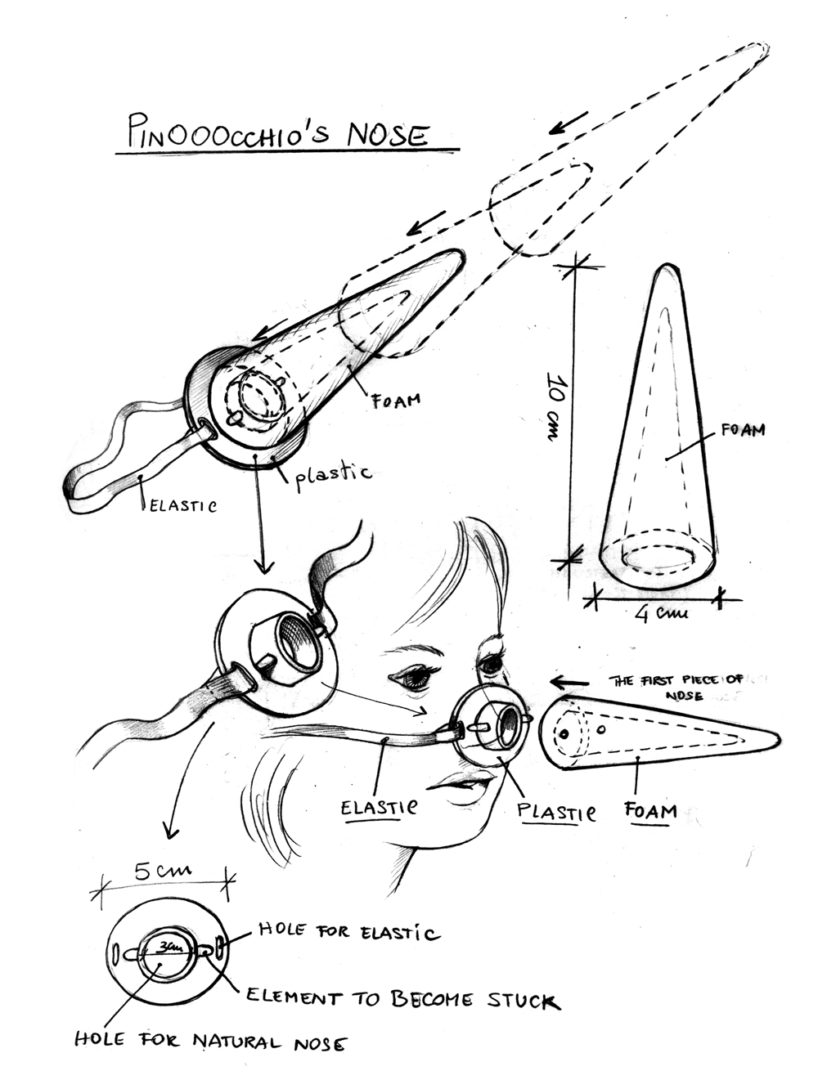There should be no such thing as art divorced from life, with beautiful things to look at and hideous things to use. Bruno Munari
I only knew a few things about Irene Guerrieri before I met her: she studied Industrial Design; she designs games and toys; she met Bruno Munari. On a not so boring October morning, I sat with her at Mimaster, to have a chat on her life and about the toy design workshop that she is going to run for the current Mimaster students. Irene is smart, cheerful, accurate in her writing and meticulous. She is a frank person. It is not surprising, then, that games have been a cornerstone in her life.
I am a kid at heart: I really like games. As the majority of children, I used to draw a lot, so, after high school, I decided to study Architecture (at Sapienza, in Rome) and take Industrial Design as my major: it was an easy and straightforward choice. My dissertation was already descriptive of my future work: I planned a playground for children inspired by Pinocchio’s fairy tale. My final project was greatly appreciated, even by the Collodi Foundation. Editorial illustration has always attracted my interest and while I was attending university, Panini (Malipiero at the time) published my first book, Giacomino dei colori (Giacomino and his colours). I was 19. At the beginning of my career, I worked as an illustrator for educational publishing, and I gradually started to design objects and toys. Fernando was my first project: it was a little man made of expanse synthetic rubber which I created for the company Progetti. It is a two-dimensional object that can be modified and easily bended, with various functions. It is a recreational object, not specifically for children but appropriate for their way of thinking. The process of “transformation” has always been fascinating to me, because it stimulates creativity and produces an interactive object: I would say that it is a constant characteristic of my work.
